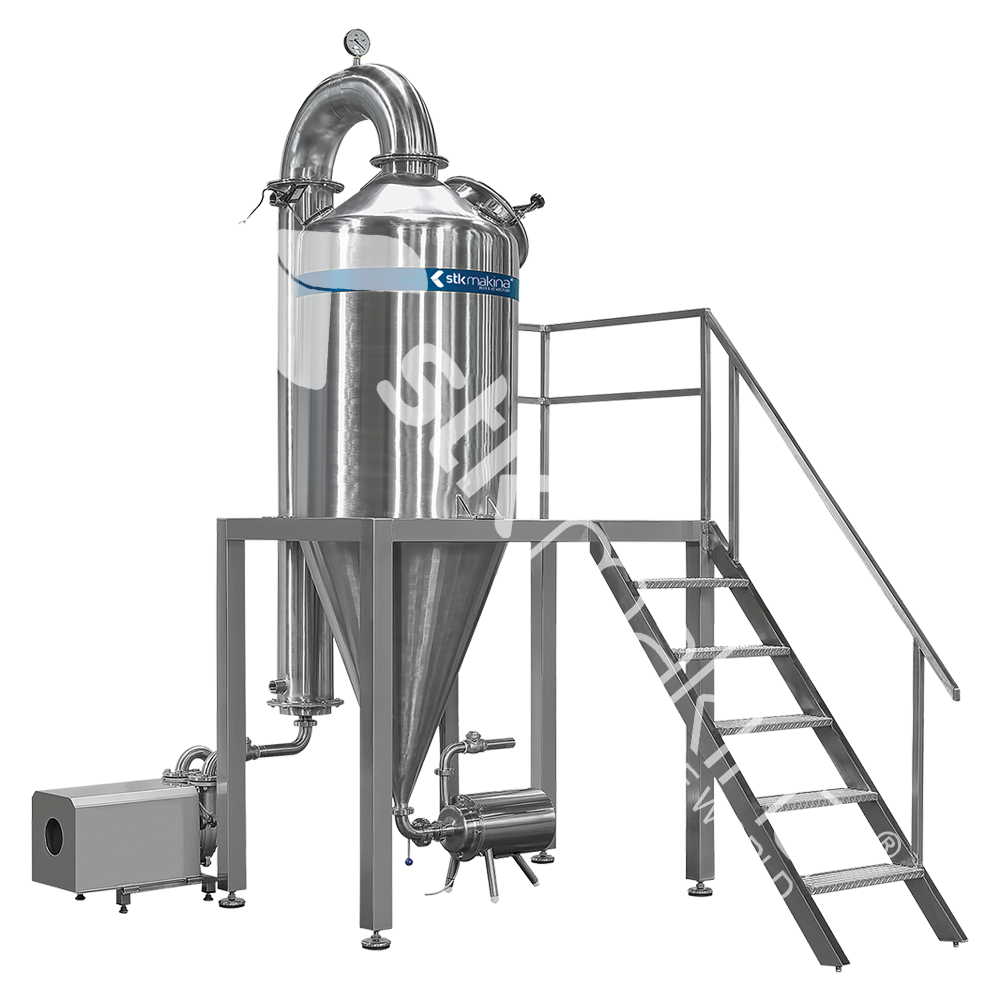Safe Pest Control for Invasive Species and Exotics

When it comes to pest control, most people first think of common household pests like ants, cockroaches, and rodents. However, there is another type of pest that poses a major threat to the environment and ecosystem – invasive species and exotics.
These are non-native species that are introduced into a new environment and have a negative impact on the native plants and animals. Invasive species can grow rapidly in their new habitat due to lack of natural predators or competition. This disrupts the balance of nature and can lead to extinction of native species.
Some well-known examples of invasive species include zebra mussels in the Great Lakes, Asian carp in U.S. waterways, and European starlings across North America. These pests not only cause ecological damage but also create economic problems for industries such as agriculture, forestry, and fisheries.
Therefore, it is crucial to have effective pest control methods in place to manage invasive species and protect our ecosystems from harm. However, traditional pest control methods may not always be safe or effective when dealing with these types of invaders.
Many pesticides used for pest control contain harmful chemicals that can not only kill pests but also harm beneficial insects such as pollinators or natural predators https://www.instagram.com/safepestcontrol.syd/?igsh=MXBvcmdoazhyYXo2aw%3D%3D that play an important role in maintaining a balanced ecosystem. This makes it imperative to find safer alternatives for controlling invasive species.
One safe approach towards managing invasive pests is through biological control – using natural enemies like predators or parasites that target specific pests without harming other organisms within the ecosystem. For example; introducing ladybugs or praying mantis into an area infested with aphids can effectively reduce their population without causing any harm to other plants or animals.
Another effective method is physical control which includes trapping or hand picking the pests from affected areas manually. This method minimizes any risks associated with chemical insecticides while still providing efficient results.
In addition, techniques such as cultural controls involve altering landscape conditions by removing food sources or suitable habitats for invasive species to grow and thrive. For instance, regularly mowing lawns and removing standing water can prevent the breeding of mosquito larvae, thus controlling their population.
It is also essential to implement preventative measures to avoid the introduction of invasive species. This includes careful inspection of imported goods, proper disposal of plant waste from gardening activities, and not releasing exotic pets into the wild.
In conclusion, safe pest control measures are crucial for managing invasive species and minimizing their impact on our environment. By using eco-friendly methods like biological control and cultural controls, we can protect our native ecosystems while still effectively managing pest populations. Additionally, prevention is key in avoiding further spread of these destructive pests. So let’s all do our part in keeping our environment safe from invasive species by implementing responsible pest control practices.



